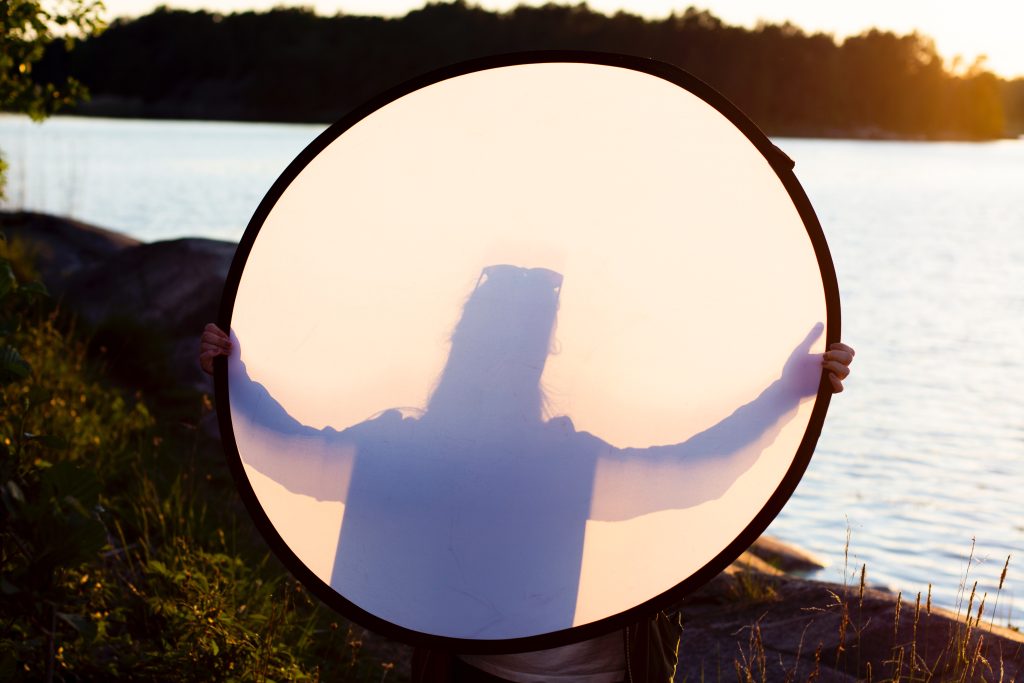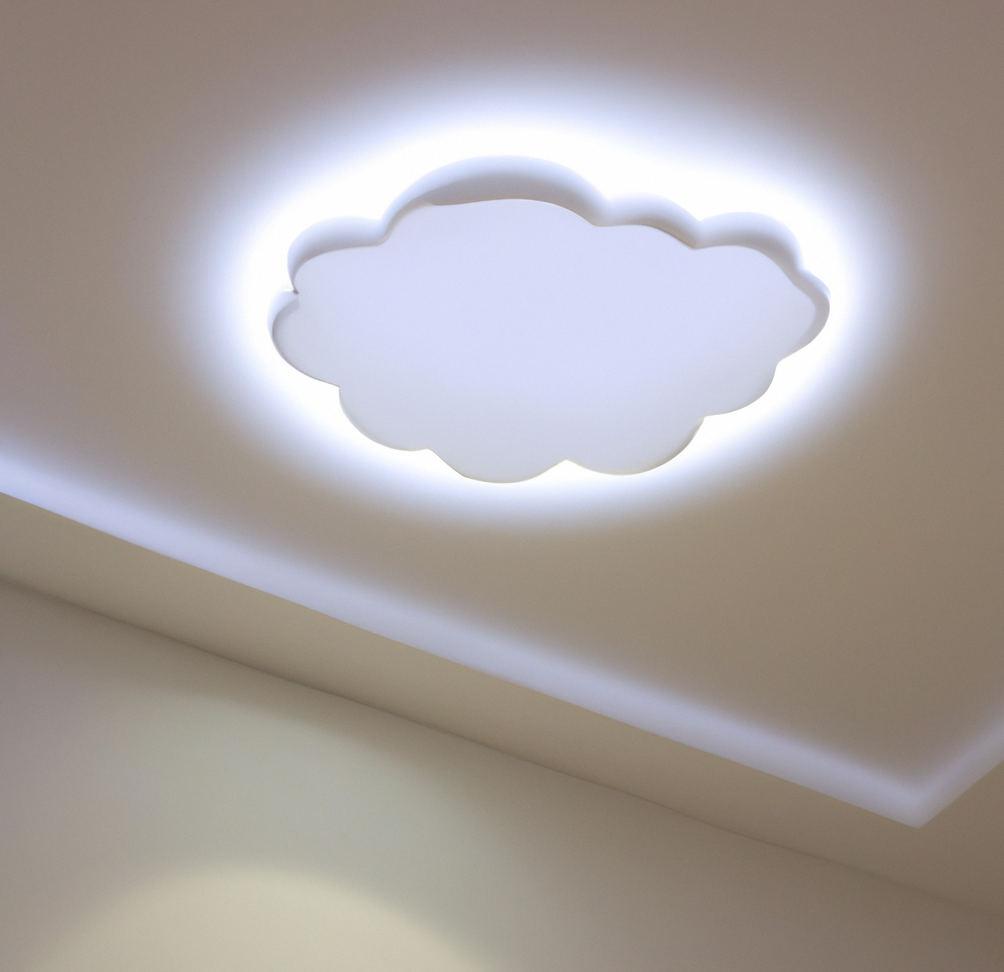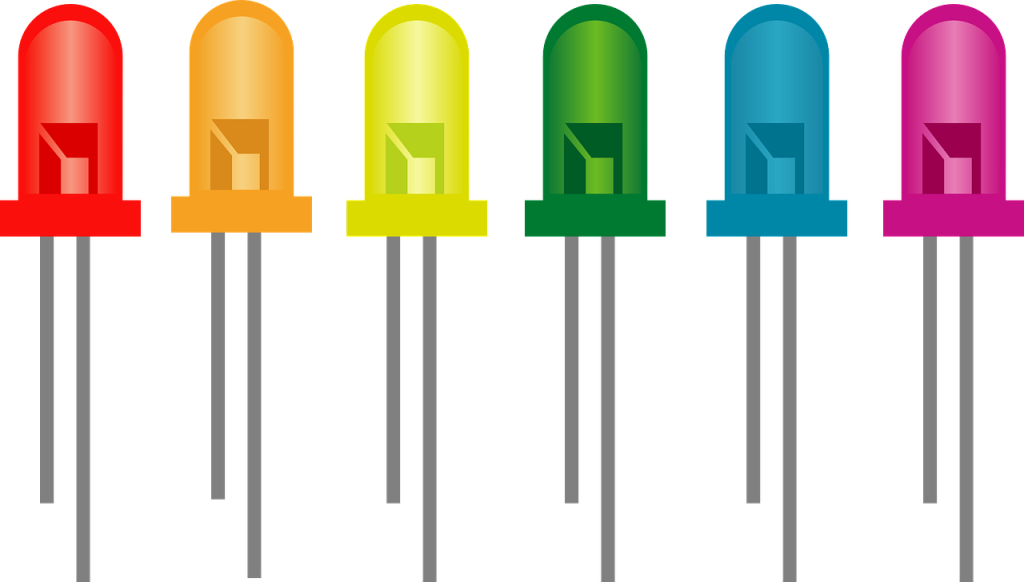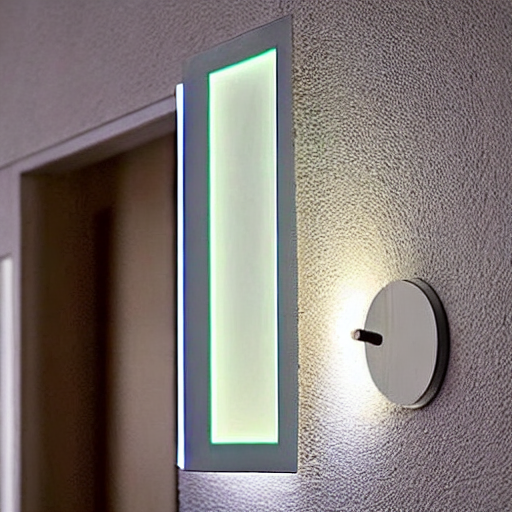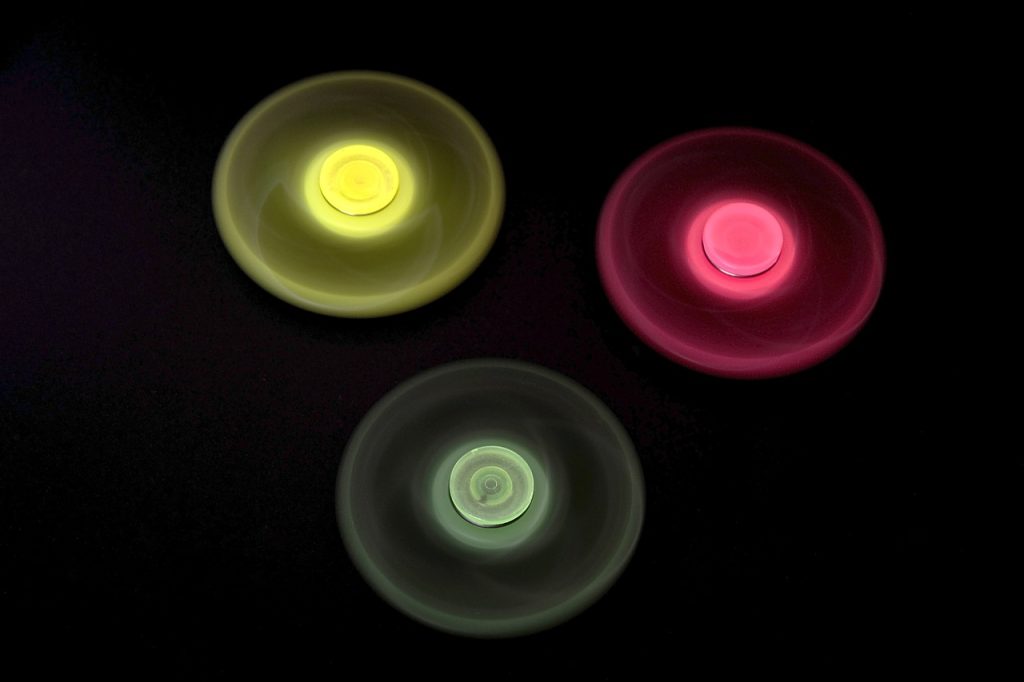Intro to led lighting for aquarium
If you’re looking to add some flair to your fish’s home, consider LED lighting. It’s not only more energy-efficient than other options, but can also be customized to create a range of different looks. Plus, it’s a fun project to take on yourself! Not only will your fish look better when you are checking them out, but it can actually help them grow better, and help your plants as well.
We’ve put together a guide to DIY LED lighting for your aquarium and things to keep in mind when making your own system up.
Diy led light: what you need to know
If you’re looking to add some extra flair to your aquarium, you may be considering DIY LED lighting. Here’s what you need to know to get started.
Why are you adding lights to your aquarium?
The first thing that you will want to take into consideration is why you are building the lights. Are you wanting to make your fish pop more, are you wanting to add night lighting to mimic their natural environment, or are you trying to grow some plants? Obviously each of these reasons have very different light setups that will need different designs.
What type of light source will you use?
You’ll next need to decide what type of lighting you want. There are two main types of LEDs: strip lights and panel lights. Strip lights are the most popular option for aquariums because they’re easy to install and offer a lot of flexibility in terms of placement. Panel lights are a bit more expensive but offer a more even distribution of light. So if you are trying to do a DIY for your LED setup, we suggest that you evaluate what you feel comfortable working with, and then what will have the best output for your goals.
What type of aquarium and fish do you have?
There are a couple of different types of fish tank setups, but the three main categories that it usually comes down to are freshwater, saltwater, and planted tanks. Again , depending on what you have will determine the types of lights that you will be choosing and the setup. If you want to tan your Arowana then your light choice is going to be a lot different than someone who has a fully planted guppy tank like this one:
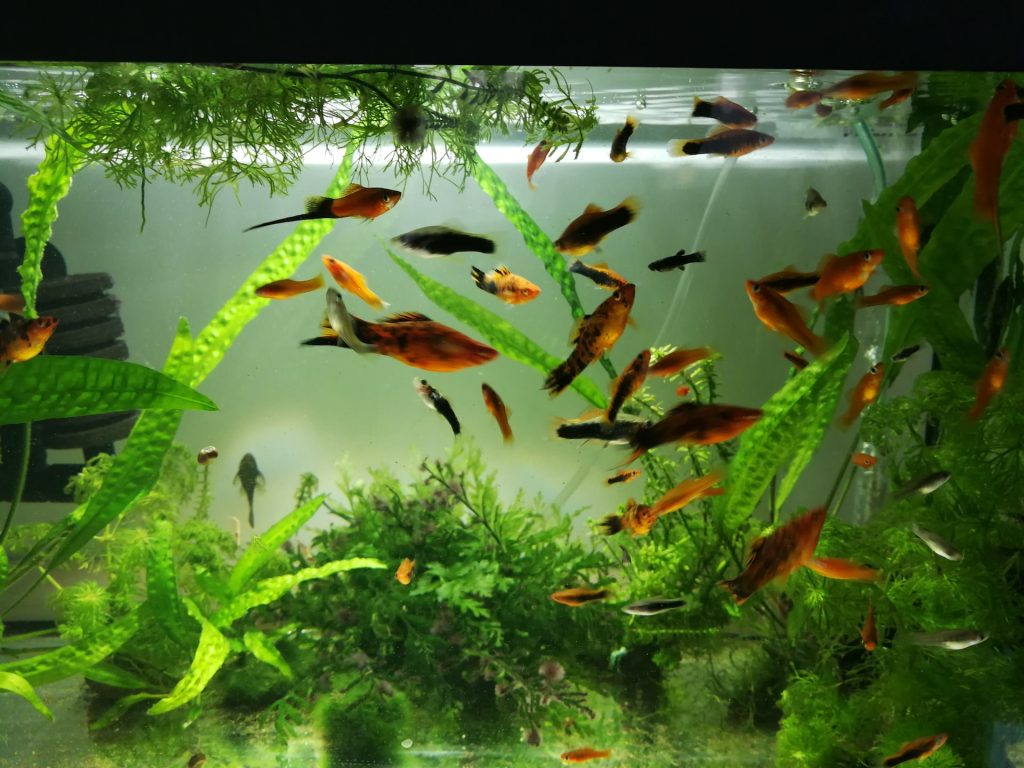
What are you physical limitations when it comes to aquarium lighting?
Depending on your space and setup you might have some hard limits as to the types of lights or setups that you will want to be using. If you only have an inch above your tank you probably won’t be looking at using pendants for the light source. If you have a micro tank a panel might be the best approach for lighting.
Will you use any programming or need a controller?
If you are good with tech, you might want to add additional features, or program routines in. This is similar to what you can do with the original Amblone setup. Or using an Adruino base for your diy LED setup. So this is something to keep in mind, because you can easily just wire in an on or off switch without issue, but you might want to be fancy and add some features to it as well.
What will keep the lights in the right place in your aquarium?
The final thing is the fixture that will hold your lights in place. Some people use PVC as the led lights put off so little heat that there is no worry about melting them. Some people will actually just use a piece of plastic board and attach a line of LED lights to them then put it under the aquarium cover.
Some other people go all out and make their own metal stands for their lights. Really the only thing that will stop you from doing whatever you want are your own skills. So think about how you want the setup to sit, how you might want to change it in the future, and how you can make it happen.
How to make DIY led light for your aquarium?
To start, you’ll need to answer the questions above so you can figure out what light source and power source you will be using. Then you’ll need to purchase some led lights and an led light strip. You can find these at most hardware or home improvement stores.
Once you have your materials, it’s time to start customizing your lights. When looking for the light source you will want to know what temperature they run at so you know what to expect as far as color output. You will want to understand what Kelvins mean when it comes to lights, because as you will quickly find out there are lots of shades of white when it comes to white led lights.
The next thing you want to think about before buying the light source is the viewing area as well as output. You don’t want your fish to be blinded when you turn it on, and you want the light to be focused on your tank not all over the room.
If you are using a pendant for a source, you will want to secure it to something above the tank, or create a fixture to attach it to your tank. If you are using strips you should be able to mount them on a brace or create a simple to use light support system. This is why we love acrylic aquariums as you can easily just melt a piece to support the light that is see through to the top of the tank like you see in these nano cube tanks:

The final aspect is heat dissipation. Depending on how and where you mount the lights ( and the light source ) you might have to deal with heatsinks or other cooling options. So again, this goes back to planning. Try to find out how much heat the drivers will put off before you solder / glue / screw everything into place. The last thing you want to be doing is adding a heat sink to something you thought was finalized.
As always, it is best to run a test fit and light up session before you secure it permanently. It’s must easier to adjust rather than take apart and put back on.
Diy led light: the benefits
DIY LED lighting is a great way to improve the look of your aquarium. Not only does it provide a more aesthetically pleasing environment for your fish, but it also has many benefits for their health and well-being. Here are our top reasons why a DIY LED system for your tank is an awesome choice:
- LED lights are much cooler than traditional incandescent bulbs, so they won’t heat up the water in your aquarium. This is important because too much heat can be detrimental to your fish’s health( depending on the type of fish you keep )
- LED lights also last much longer than traditional bulbs, so you won’t have to replace them as often. This can save you money in the long run and help reduce your impact on the environment.
- Making your own system will save you LOTS of money. When we did our night time LED system for our tank, it cost around $35 as we didn’t use many lights and they were just blue ones for our 180 gallon tank.
- You can customize your setup. Have a specific rating you want to go for? Does your coral need some additional red light to grow? Want a whiter white color? You control every aspect of the build, and can customize it whenever you want to.
- It isn’t that hard to do. We have done tutorials on how easy it is to solder led lights and honestly it might seem scary at first but it isn’t very hard at all.
Diy led light: the drawbacks
If you’re thinking about switching to LED lighting for your aquarium, you may be considering a DIY approach. While there are some advantages to this, there are also some drawbacks that you should be aware of before making the switch.
One downside of DIY LED lighting is that it can be difficult to get the light distribution just right. Too much light in one area can cause algae growth, while too little light can prevent your plants from thriving. Unless you have experience with setting up aquarium lighting, it’s likely that you’ll struggle to get the perfect balance. But don’t just give up as you can make it work.
Another downside is that you will have to do the work yourself. Which for most people looking at DIY LED projects is understood, but if you don’t actually want to do it then you should probably just look at buying a premade setup.
It can be frustrating fine tuning everything as sometimes the color just doesn’t work right or the shimmer isn’t exactly how you want it. So must like the first point it will take some time to get it right, but it more so applies to all the aspects of the build.
Conclusion
There are many reasons why making your own led aquarium lights is great. For one, it allows you to customize the light to fit your specific needs. Secondly, it is a great way to save money. Finally, it is a fun and rewarding project to undertake.
If these reasons seem like they make sense for you to jump in and do your own setup then by all means it might be the right thing for your tank. But if you are really doubting if you will have any fun doing your own setup , you have to be honest with yourself. You will end up wasting money if you start a DIY project and then buy a premade option. So think carefully before you go down either route.
If you are looking for a unique example of a diy led system take a look at this one as it was pretty cool, and seemed pretty easy to setup.






